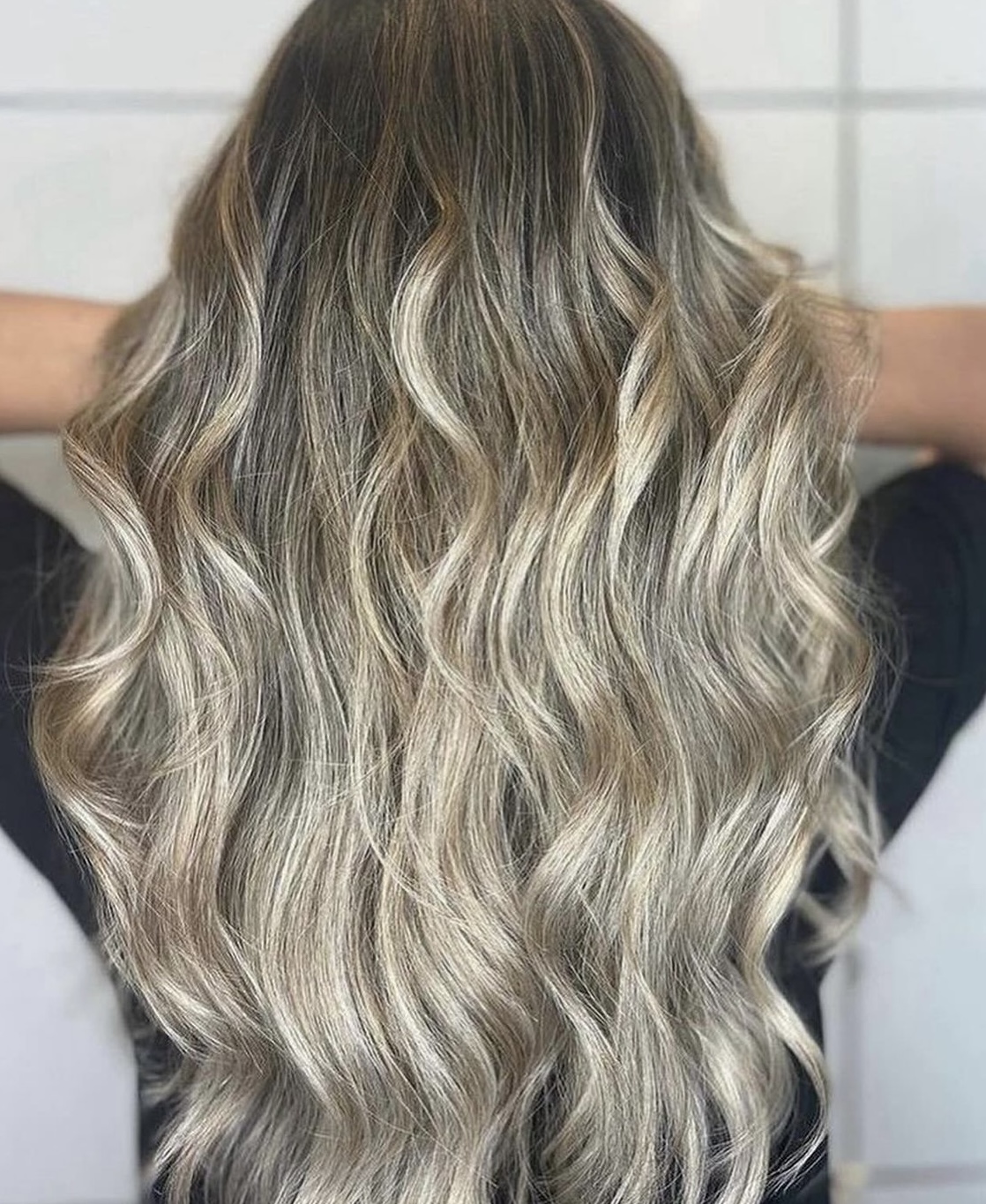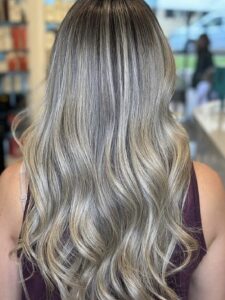
How Often Safe to Color My Hair? From Professional Hair Salon in Winter Park
How Often Should I Color My Hair?
Advice from a Professional Hair Salon in Winter Park, FL
Introduction
Attention-grabbing opening
Have you ever looked at yourself in the mirror and twirled your beautiful hair, wondering if now is the right time to do a color touch-up? With so many things demanding attention at work, on the social calendar, and with family obligations, it can be hard to maintain the health of your hair, not to mention its color. But fear not! We’ve got the answers from the professionals at our hair salon in Winter Park, FL.
Relevance of hair coloring frequency
Getting your hair colored is not just a luxury but a craft that cannot be taken lightly and has to be done, perhaps, professionally. The timing has to be simply perfect. Too early would mean dry and dull hair, while too late would mean over-processed and damaged hair. Well, sit back, relax, and let’s get into the world of hair color and demystify the question of how often one should color one’s hair.
Factors Affecting Hair Coloring Frequency
Hair type and texture
Heads of hair are just like fingerprints; no two are identical. The frequency with which you color hair also depends on the type of hair you have; that is, your hair’s texture is an essential factor to consider, as well as the level of porosity of your hair. Oh, okay, okay, porous hair takes color better, meaning it will fade faster and probably will need to be touched up more often. Still, you can go longer between appointments if you get highlights that are chunky or very resistant to fading.
Hair condition and damage
For instance, consider it analogous to a beautiful piece of material that should be touched with care. Your hair becomes more tender if you regularly use heat styling tools, chemical treatments, or environmental aggressors, including the worst light intensity; the worry is that frequent coloring is more likely to damage the loss. In such instances, increasing the interval between the color applications might be beneficial to minimize the further decline and brittleness.
Hair color history
Have you ever been a hair color flip-flopper, changing hair color from one side of the color wheel to the other? If so, your past color history can affect how frequently you may need to refresh the roots’ color. In general, the higher the natural stripe you have, the more frequently the appointments require to get in touch for the blend to be seamless.
Desired look and maintenance
Maintenance work also depends on your personal style preferences and how much you are willing to do it. If you want wash-and-wear, no-fuss, natural-appearing grow-out, you can space out the color sessions farther apart. Nonetheless, if you need to achieve a very dark or contrasting appearance on the hair or want to have zero traces of regrowing hair visible, then you will have to touch up more often.
General Guidelines for Coloring Frequency
While individual factors dictate the ideal coloring schedule, here are some general guidelines to consider based on the type of hair color: While individual factors dictate the ideal coloring schedule, here are some general guidelines to consider based on the kind of hair color:
Permanent hair color 
Contrary to semi-permanent hair color that washes out after several shampoos, permanent hair color is supposed to last for a long time. You may wonder why it is greatly preferred by those who want to achieve an intensive color change or cover their first gray hair. Indeed, as you decide on the permanent color, the infrastructures that are located in the cortex of your hair strands take in the pigments and attach them firmly, which is why the hair color lasts for a long without being washed off easily.
He pointed out that at Bonnie Vie Hair Salon in Winter Park, FL, we suggest clients come in for touch-ups 6 to 8 weeks after the initial hair treatment for permanent hair color. This timeline also helps you shade your hair well during any new growth at the roots and give it a good, consistent look from the roots to the tips of your hair.
Also, it is essential to state that permanent hair color causes certain dryness and slight harm to the hair if applied too often. That is why the stylists working in Bonnie Vie insist that clients adhere to the indicated schedule and produce salon-quality, color-preserving shampoos, conditioners, and other hair care products between the touch-up appointments.
Semipermanent hair color
A semi-permanent hair color is a fantastic option for those seeking a temporary color boost or a subtle enhancement to their natural shade. These colors are designed to gradually fade and wash out over time, typically lasting between 4 and 12 shampoos.
Due to the temporary nature of semi-permanent color, you may need to refresh your shade more frequently to maintain consistent coverage and vibrancy. Our stylists at Bonnie Vie generally recommend scheduling touch-ups every 4-6 weeks for those with semi-permanent color.
One of the benefits of semi-permanent color is that it’s typically gentler on the hair than permanent formulas. However, frequent application can still cause dryness and damage, especially for those with already compromised hair. The team at Bonnie Vie will work closely with you to strike the right balance between achieving your desired look and preserving the health of your strands.
Demi-permanent hair color
Demi-permanent hair color is a suitable solution somewhere between permanent and semi-permanent hair dyes. These colors apply a pigment to the cuticle of the hair shaft, giving them more lasting results than semi-permanent but without the use of permanent, potentially damaging chemicals.
Bonnie Vie Hair Salon advises that you visit for a demi-permanent color top-up after 6-8 weeks. This timeline allows for a better, brighter, and more consistent color fix without risking the hair strands from being over-processed.
Demi-permanent hair colors are recommended for clients who want to deepen their natural color, introduce some sparkling sub-tones, or create a smooth transition to a new hair color. They are also particularly ideal for persons with sensitive scalps or damaged hair since the products are relatively less harsh on the hair.
However, these are relative considerations, and there may be variations that are specific to your hair type and condition, as well as the particular results that you want to achieve from the hair touch-up regime. The hair masters and colorists at Bonnie Vie will closely discuss with you and then come up with a hair care plan that suits you well and ensures that your hair remains in good health by supporting the excellent color job that has been done on the hair.
Conclusion
Recap of key points
Establishing how often to start coloring your hair is a delicate matter that depends on many factors, including the type and condition of your hair, previous coloring experience, and the kind of shade you want at a given time. Thus, it is more proper to consult with a professional hair stylist who will evaluate your individual needs to develop a convenient coloring schedule.
Of course, over-processing hair is bad news for it; therefore, it is critical not to over-color your hair and not to give in to the desire to color it too often. According to your stylist, the appropriate products and the symptoms signify you should make a change. You ought to keep your hair fabulous and in the right shade to turn heads wherever you go.
Schedule Your Appointment Today





0 comment